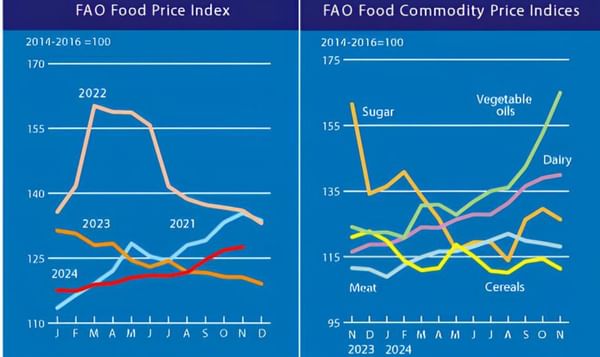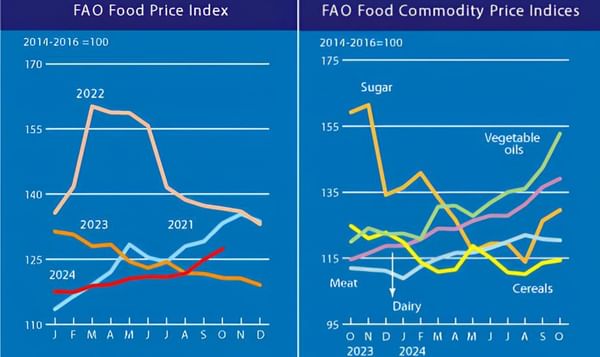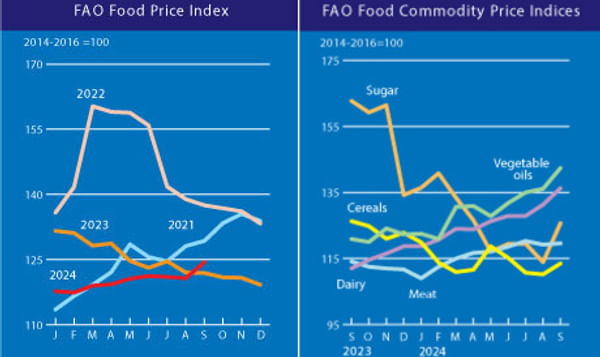Many vegetables (such as onions) and other ingredients (spices, vegetable oils) used for processing are affected by the changes. Based on our quick examination of the ruling, fresh potatoes for processing did not seem to be affected.
Canada cuts import tariffs on food ingredients to boost manufacturing

As the incoming Trump administration talks about piling on new tariffs to discourage imports and protect American jobs, the Canadian government quietly moved in the opposite direction over the holidays: eliminating tariffs.
Why? To support Canadian jobs.
A customs tariff order published on December 28, 2016 in the Canada Gazette describes how roughly 200 different tariffs on imported food ingredients will be repealed or amended.
The order says that based on recent import levels, an estimated $48 million in tariffs are collected annually on these products.
That's roughly how much revenue the government now gives up. And what manufacturers will save, accordingly.
The cuts took effect on January 16, 2017.
Some food ingredients already entered Canada tariff-free under the North American Free Trade Agreement (NAFTA.)
But Finance Canada estimated that about 57 per cent of these imports were subject to tariffs. The duties averaged about five per cent.
Surprise! It's duty-free now
Wanting to boost the competitiveness of Canadian manufacturing is not new: the 2009 and 2010 budgets of the previous Conservative government cut tariffs on imported machinery and equipment.
The Liberals have added agri-food ingredients to that list.
They floated the idea in last spring's budget and a consultation followed. But no minister or press release popped up to say what was decided.
A long list of fruits and vegetables, cereals and grains, spices, fats and oils, food preparations and chocolate products — but nothing from the dairy, egg and poultry sectors covered by Canada's controversial supply management system — now classify as duty-free.
Importance of Food Manufacturing in Canada
Food manufacturing employs about 300,000 Canadians nationally — not only in large, urban enterprises but also in small, local facilities closer to farm suppliers.
Food manufacturing is the largest employer in rural Canada.













